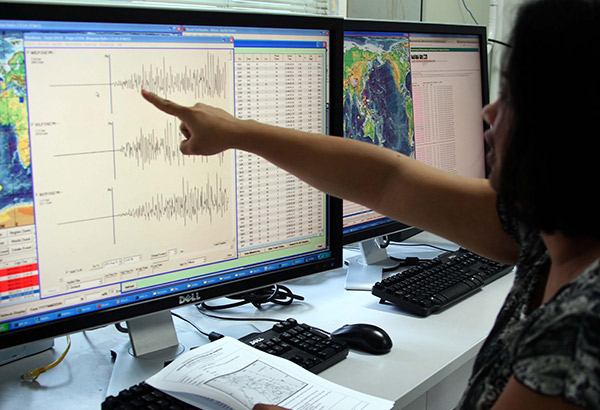Two earthquakes, magnitude 6.0 and 6.1, hit northern and southern Chile today, but caused no known injuries or significant damage, the government's National Emergency Office (ONEMI) said.
A series of smaller quakes also shook parts of the South American country today.
The 6.1-magnitude quake occurred at 3:03 am (0603 GMT) 10 kilometers (6 miles) northwest of the town of Lebu, in southern Chile, at a depth of 20 kilometers.
The second quake occurred at 3:26 am 17 kilometers southeast of the northern town of Tongoy, at a depth of 33 kilometers.
Chile last month was hit by an 8.3 magnitude earthquake and tsunami that left 15 dead and over 16,000 homeless.
